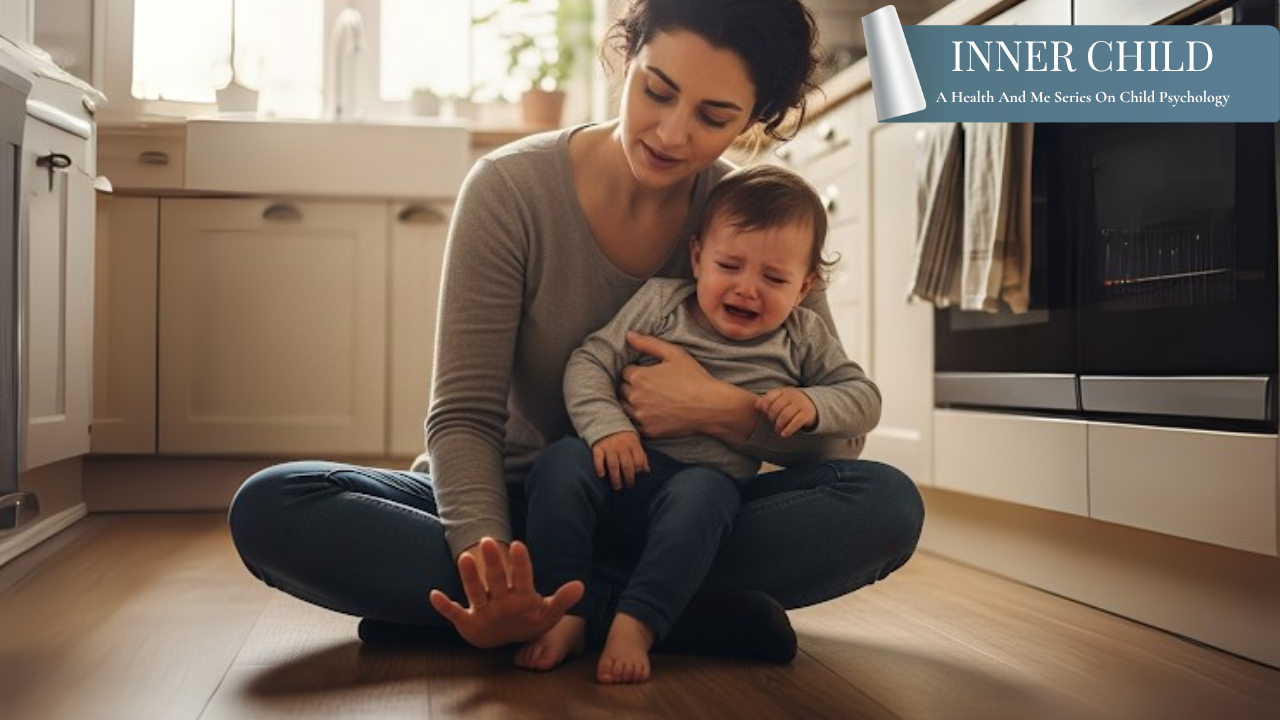Inner Child: ‘It’s Not My Fault’- Kids Learn Blame Even Before They Start Talking

Credits: Health and me
SummaryChildren begin to understand and mirror blame long before they develop language. New research suggests that early emotional cues from parents may shape a child's lifelong response to fault and accountability.
End of Article
